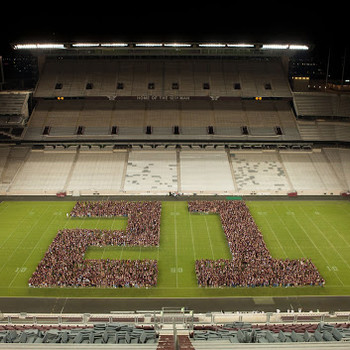Question #6ec53
1 Answer
Oct 25, 2017
And it checks out when you plug this value of
Explanation:
We start with
If we multiply both sides by
And we see these three identities:
and
so
Distributing the
We take the cube root of both sides to eliminate the power of
Factor out the
Multiply both sides by
Add
Alternatively you could multiply by
Multiply (or divide) by
Add

